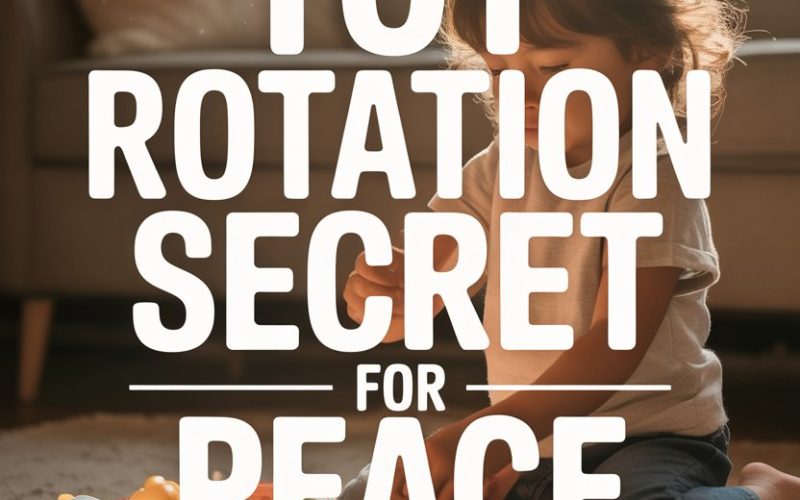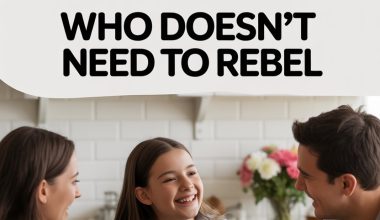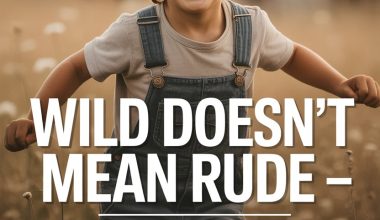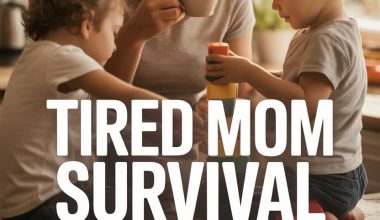Here’s a scene that may feel all too familiar: you step on a plastic dinosaur at 2am, your living room looks like Toys “R” Us staged a hostile takeover, and your child plays with…a cardboard box.
If you’ve ever stood in the eye of the toy tornado and wondered if it’s possible to restore calm—without just moving out—there’s good news. Enter the toy rotation secret.
Welcome to Less-Is-More (and More Peaceful) Play
“More toys equals more fun.” That phrase is up there with “sleeping in on weekends” under the category of Utter Parenting Myths.
The reality? Too many toys often lead to overwhelm, frantic play, and the kind of mess that makes you question your life choices.
Toy rotation flips the script. Instead of having every plaything under the sun accessible at all times, you put most toys out of sight and only keep a few on hand.
Every so often (think weekly, fortnightly—whatever fits your rhythm), you swap the toys out for “fresh” ones from storage. Suddenly, old toys feel new, play is deeper, and the cleanup is manageable.
How does this humble parenting hack bring about peace? Grab your cuppa, settle in, and discover why toy rotation is the unsung hero of the happy home.
Less Clutter, Less Chaos
Children are novelty seekers; that’s why they lose interest in a toy before you’ve thrown out the packaging.
Research published in Infant Behavior and Development backs this up—toddlers play longer and more creatively when they have fewer toys to choose from.
When every shelf is crammed, kids flit from one toy to another, rarely focused, and the floor becomes an obstacle course.
By stashing away the bulk, your child’s play space becomes inviting rather than overwhelming.
And guess what? Fewer options don’t cramp their creativity; they supercharge it.
Quality of Play Takes Center Stage
Kids given fewer toys at once engage in more elaborate, imaginative play. Here’s why: with a limited lineup, there’s more incentive to use each toy in multiple ways.
One day, that wooden train becomes a dragon’s carriage; the next, it’s a spaceship.
Early childhood educators rave about this. According to Janet Lansbury, infants and toddlers thrive when presented with uncluttered spaces and limited materials.
When playthings are regularly rotated, children rediscover, repurpose, and extend their play in ways that surprise even the most seasoned parents.
It’s like watching them fall in love with their toys all over again—without buying a thing.
Cleanup Becomes (Almost) Effortless
The more toys strewn about, the longer the tidy-up. If you’ve ever spent an eternity matching puzzle pieces with their boxes or searching for the blue crayon under the sofa, you know the pain.
With toy rotation, only a few sets are out at a time.
Cleanups shrink from Herculean tasks to quick, doable routines—even your child can get involved without dramatic sighs or theatrical collapsing on the rug. You might even reclaim some sanity—and floor space.
Old Toys Become New Again
Ever watched your child greet a toy they haven’t seen for a while with genuine delight? It’s like Christmas morning, minus the early start and pine needles in the carpet.
Rotating toys is the parenting equivalent of tricking your brain to enjoy leftovers. Kids see their “old” toys with fresh eyes, reigniting interest and creativity.
This simple system stretches the value of every toy you own, which is especially helpful if you’re not keen on spending your life savings on a rotating cast of plastic.
Fewer Fights Over Stuff
Sharing and taking turns can be flashpoints in any playroom.
Here’s the secret sauce: with fewer toys, kids often cooperate more. When playthings are rotated, there’s anticipation and excitement around what’s available.
It becomes easier to encourage sharing and social play, because there’s less “stuff” to squabble over and more focus on collaborating.
Even siblings can surprise you. (No promises, but the odds are better.)
Encourages Independent Play
Toy rotation sets the scene for independent play—a dream phrase for busy parents everywhere.
Giving children access to a handful of thoughtfully chosen toys encourages them to get absorbed in play, stretch their attention spans, and solve their own “problems.”
You might just get through a cup of tea while it’s still hot. It’s not a guarantee, but hey, we can dream.
A Budget-Friendly, Eco-Friendly Win
Here’s an unexpected perk: you’ll probably buy fewer toys.
When your child is regularly reintroduced to their existing stash, the “new toy” itch gets scratched—no need to splurge on the latest plastic must-have that will end up under the fridge anyway.
Toy rotation also means less waste. Toys get used more and loved longer. If you’re looking to shrink your carbon footprint and your playroom chaos, this system has you covered.
How to Start Toy Rotation Without Needing a Spreadsheet
Ready to give this a whirl? No need to channel Marie Kondo or set up a complicated calendar. Here’s how to get started without losing your mind:
- Sort your child’s toys by type—think cars, dolls, puzzles, blocks.
- Store most toys out of reach, leaving out just a few varied options (one puzzle, a handful of vehicles, some pretend play items).
- Swap the toys every week or two—or whenever you notice interest waning.
- Watch for cues; if your child starts using toys in new ways, you’ve nailed it.
Don’t stress about perfection. If something’s not working, tweak your rotation or ask your child for input. Kids can surprise you with their opinions on what stays and what goes.
A Few Common Snags (and How to Laugh Them Off)
No system is foolproof—not even toy rotation. That’s part of the fun (sort of). Here are a couple of common hiccups and how to handle them:
“My child wants all their toys back out.”
If your little one is suddenly pining for the entire collection, reassure them their toys are just resting and will be back soon.
Sometimes, seeing a special toy go into storage can feel like saying goodbye to a beloved pet. Keep rotations short at first until your child gets the hang of it.
“What if they get bored?”
Boredom is the birthplace of creativity. When toys are scarce, cardboard boxes and laundry baskets become pirate ships.
Sometimes, the best play comes from “nothing to do.” Trust the process.
“Where do I put the extras?”
Plastic bins, linen cupboards, even under the bed—whatever works. Labeling helps, but don’t let perfect storage become the enemy of good-enough.
If you trip over a bag of Duplos on your way to bed, you’re still doing better than before.
Involve Your Child and Make Rotating a Ritual
Kids love rituals—especially ones that give them some control. Invite them to help choose what stays out or gets “a turn in the toy library.”
Name the bins, make a song about packing away, or invent a silly farewell ceremony for the toys going into rotation.
Ownership makes transitions easier. Your kids may even look forward to swap day. (And if they don’t, a few rounds of “Let It Go” while packing up never hurt.)
The Secret’s Out—Now Breathe
Toy rotation isn’t just about tidying up; it’s about giving your child the space to focus, imagine, and really play.
It’s about hitting pause on the constant consumer treadmill and creating a calm that benefits everyone—from the baby to the grown-ups with coffee stains on their shirts.
You don’t need a PhD in toy organisation or a designer playroom.
Just a willingness to try something a little different and a sense of humour when your carefully curated collection becomes a castle, spaceship, and “giant chocolate sandwich” within thirty minutes.
Next time you step on a rogue Lego, just think: peace is possible, and it starts with a simple secret—less can truly be more.
Ready for a New Kind of Playroom Calm?
If you’re longing for a home that feels less like a toy shop at closing time and more like a place where play is meaningful, give toy rotation a go.
You might just discover that peace—and maybe even a piece of your living room rug—was hiding under that mountain of plastic all along.





